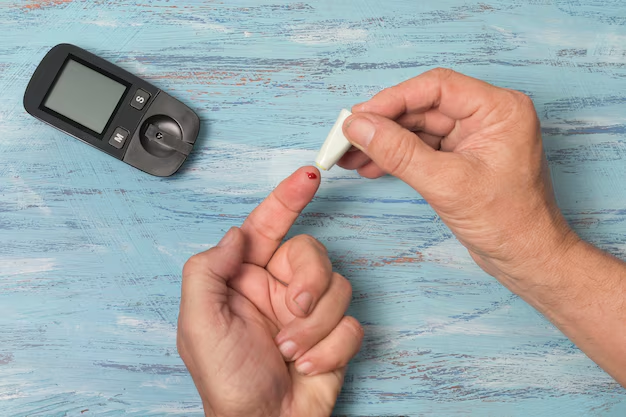Do I Have Type 2 Diabetes? Recognizing the Signs and Taking Action
Identifying whether you have Type 2 diabetes can be life-changing, as early detection allows you to manage the condition effectively and prevent complications. While the symptoms might seem subtle at first, it's crucial to recognize the signs and seek medical advice for accurate diagnosis and timely intervention.
Recognizable Symptoms
Type 2 diabetes often develops silently over several years. Many people may not even realize they have it until they experience more pronounced symptoms. Here are some common signs to watch out for:
Increased Thirst and Urination
Excessive thirst and frequent urination are hallmarks of diabetes. The body works to eliminate excess glucose (sugar) in the bloodstream through urine, which can lead to dehydration and frequent bathroom visits.
Fatigue and Increased Hunger
Unexplained fatigue and increased hunger are other symptoms. The body's inability to efficiently use sugar for energy can leave you feeling tired, while the cells' need for energy signals hunger.
Blurry Vision
High blood sugar levels can lead to changes in vision by affecting the shape of the eye's lens. If your vision fluctuates, it's worth discussing with a healthcare provider.
Slow-Healing Sores or Frequent Infections
Unchecked blood sugar can impair circulation and immune function, resulting in slow-healing wounds or recurrent infections, particularly skin infections.
The Importance of Testing
If these symptoms resonate, you should see a healthcare provider. They may recommend tests such as:
- A1C Test: Indicates average blood sugar levels over the past two to three months.
- Fasting Blood Sugar Test: Measures blood sugar after an overnight fast.
- Oral Glucose Tolerance Test: Assesses how the body processes sugar over a two-hour period post-ingestion.
Detecting Type 2 diabetes early can significantly improve your quality of life and stave off complications like heart disease, nerve damage, and kidney failure.
Navigating Life with Type 2 Diabetes
Upon diagnosis, lifestyle changes and medical interventions can manage the condition effectively. Being proactive about your health can alleviate potential financial burdens in the long run.
Financial Assistance and Resources
Living with diabetes can be costly. Here are ways to ease the financial load that often comes with managing chronic health conditions:
Government Aid Programs: Programs like Medicare or Medicaid can help cover treatment costs for those eligible. Always check your eligibility status.
Financial Assistance for Medications: Pharmaceutical companies often offer patient assistance programs to reduce medication costs.
Educational Grants: If you need to pivot careers or acquire new skills due to health-related constraints, consider grants and scholarships for academic pursuits.
Debt Relief Options: Consolidation and refinancing can be viable options if medical expenses have led to significant debt.
Managing your health proactively can both improve outcomes and reduce financial strain. Understanding and utilizing available resources ensures that treatment and management of Type 2 diabetes are within reach, no matter your financial situation.
Available Financial Resources for Diabetes Management 💰
- 💸 Medicare/Medicaid: Coverage for eligible individuals.
- 💊 Patient Assistance Programs: Reduced medication costs offered by pharmaceutical companies.
- 📚 Educational Grants: Support for career transitions due to health-related challenges.
- 📈 Debt Relief and Consolidation: Strategies to manage and reduce medical debt effectively.
Ensuring that you're both health-aware and financially equipped is vital for managing Type 2 diabetes. Stay informed and seek out the resources you need to thrive.
